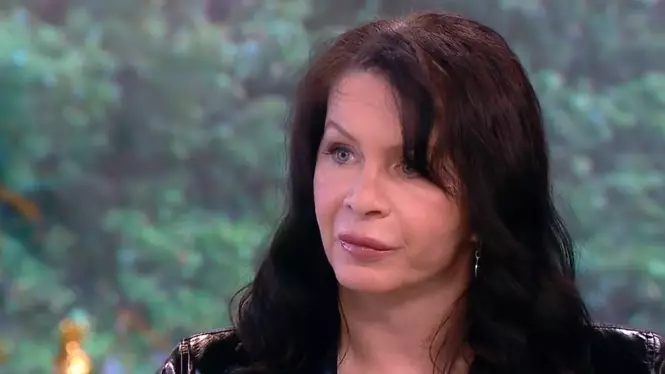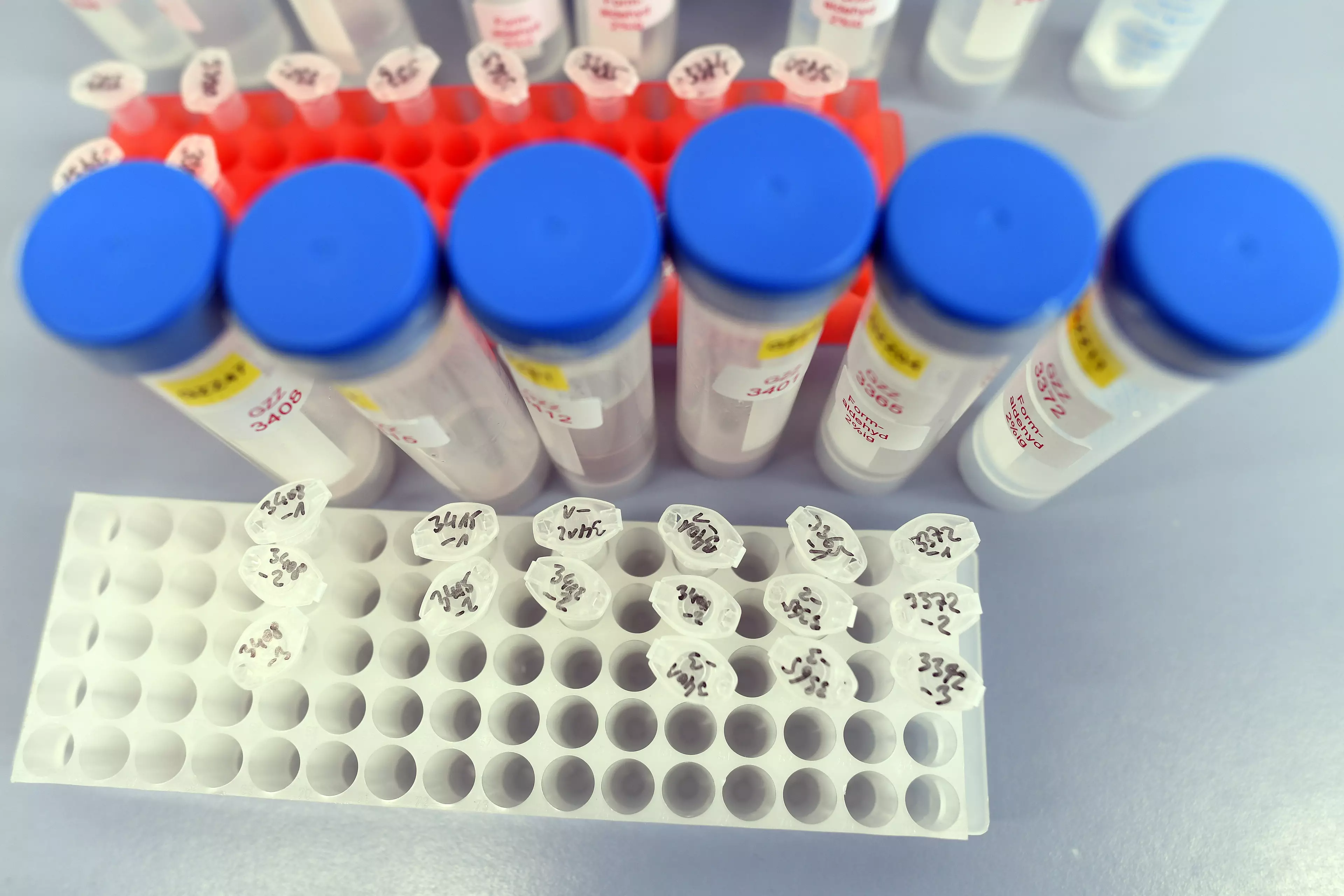
There are so many creams, ointments, fillers, oils, and other products which claim they can stop or reverse the signs of aging.
While those claims might not exactly stack up and prevent people from looking older, there could be a new treatment on the horizon that could well and truly be the fountain of youth.
Manoush appeared on ITV's This Morning programme to talk about the injections that she's been receiving to make her look younger. But inside these injections isn't a special concoction of chemicals or creams, it's a 3.5 million-year-old bacterium, Bacillus F, that was discovered in permafrost in Russia.
Check it out here:
Credit: ITV/This Morning
She admits that her looks aren't 100 percent down to just injection the bacteria, and has spent £45,000 ($60,296) on plastic surgery.
Advert
Manoush says she's had a face-lift, the shape of her eyes changed, two upper and lower eyelid surgeries, two nose jobs, about six or seven lip injections, silicone fillers in her face, six operations on her breasts, a facial chemical peel and several other procedures, however she's lost count on how many in total.
Despite all that work, she says this bacteria is one of the main ingredients to staying youthful. Manoush told This Morning hosts Eamonn Holmes and Ruth Langsford: "They found out [the bacteria] is not aging, it's literally repairing its own DNA. Then they started injecting it into rats and mice and they became young enough to have babies again."
It was discovered by geocryologist, Anatoli Brouchkov, in north-western Russia in 2009, who found it was alive within permafrost. He theorised if Bacillus F can thrive in such extreme conditions, then surely, we can extract those properties and use it for humans.

Credit: PA
"We did a lot of experiments on mice and fruit flies and we saw the sustainable impact of our bacteria on their longevity and fertility," said Dr Brouchkov. "But we do not know yet exactly how it works."
He injected himself with the bacteria and reported feeling less tired and healthier than ever. However, because research is ongoing, no one is allowed to inject it into people's skin as a youth treatment. Instead, Manoush is given a vial of the bacteria and has to perform the procedure herself.
"I think honestly, every great discovery, every potentially great discovery requires people willing to volunteer," she says. "I feel stronger, I feel better, I can work out longer, I sleep better."
Manoush says she is partly motivated to keep in good shape because her mother struggles with old age. However, many people on social media didn't think that was genuine.
When asked how old she actually is she avoided the question, instead saying that she used to tell people how old different parts of her body is because of her extensive plastic surgery.
Advert
Manoush eventually revealed that she is 48-years-old.
It's likely to take many years to understand the way this bacteria adapts to certain environments and whether it's even safe for human consumption. Regardless of that risk, Manoush seems happy that the combination of these injections and plastic surgery works for her.
Featured Image Credit: ITV/This MorningTopics: Russia